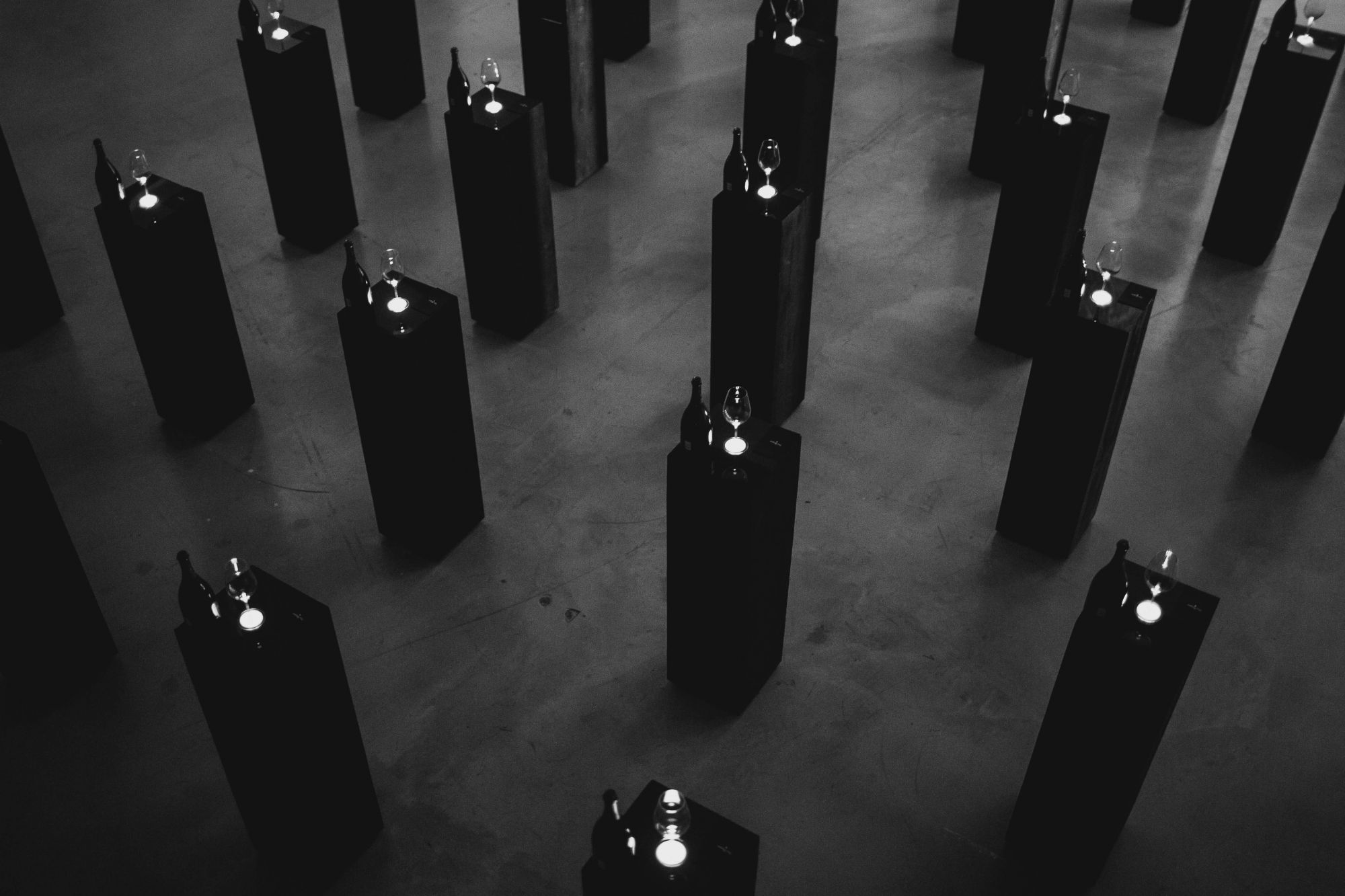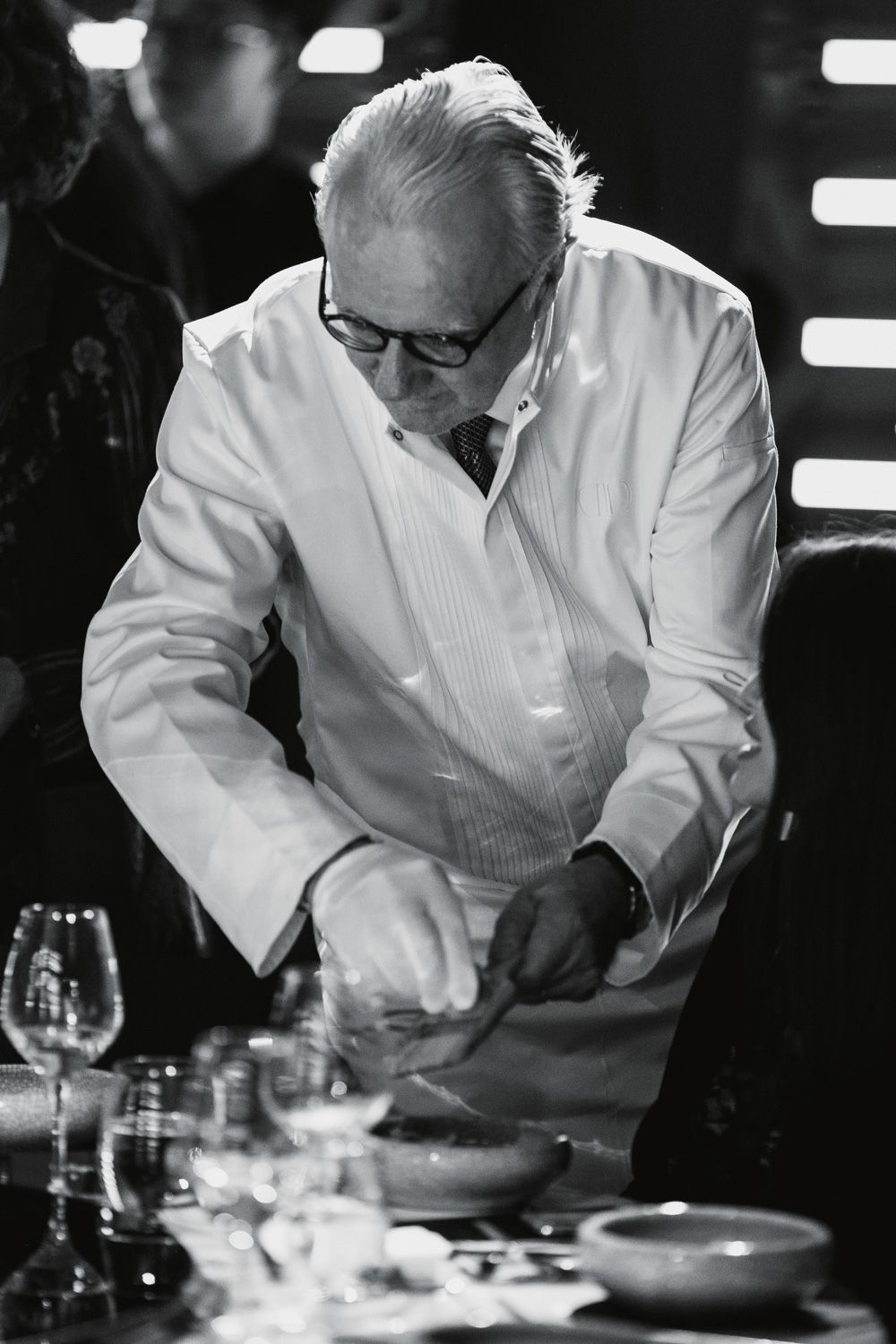A Dom Pérignon P2 2000 dinner in Beijing with Alain Ducasse affirms what this fan has always enjoyed most about the notable champagne.
Dom Pérignon’s vintage-only champagne has earned unquestionable prestige and iconic status for its ability to evolve while “resting on the lees”—this lets the champagne develop better textures and flavours, so the next batch of the same vintage is even more intense. These privileged points in time have been dubbed “plenitudes”, and in the case of its P2 2000—the second plenitude of its vintage 2000—can take as long as 16 years to show.
It is certainly a deeper, more complex articulation of the vintage 2000, which was released in 2008. From what I can recall, this more matured showing is achieved without any loss of freshness and the ripe fruit flavours the vintage first displayed. The champagne’s signature creamy mouthfeel is also more pronounced, as are the aromatics.
(Related: Dom Pérignon P2 Party)
That said, some of a great champagne’s finer moments are often the result of clever pairings—that could refer to the company, but more often than not, it is food. Imagine my excitement when a recent opportunity to savour its P2 2000 at Beijing’s Chao Hotel was presented as part of a collaboration with culinary genius Alain Ducasse, and hosted by Dom Pérignon’s chef de cave, the affable Richard Geoffroy.
The experience began with a “private” first taste of the P2 2000 at the hotel’s Art Center, where each guest was allotted a pedestal on which stood a bottle of the wine and a glass. The lights were dimmed, the ambient music poignant but not morose, and for the first five minutes, the moment was intimate.

In contrast, the dinner on the third floor at the Glasshouse that followed proffered a more playful homage to seasonal and local produce, flaunting a more collective appeal. “It’s always a different experience,” says Ducasse, explaining how proper sourcing and respect for the wine’s unique qualities are key.
“The P2 2000 is the second expression of the vintage. It represents a privileged moment, when the wine reaches its peak intensity, energy and vibrancy—intensity and precision make the wine so penetrating,” says Geoffroy.
Ducasse adds, “We remain faithful to our ethos, but at the same time, faithful to what Richard has put into this champagne—its elegance and harmony.” Geoffroy affirms: “Working with local ingredients is also a constraint. And I like this.”
(Related: Check Out These Champagne Brunches In Singapore)



